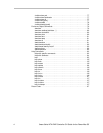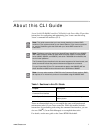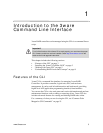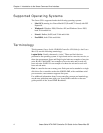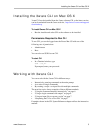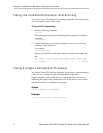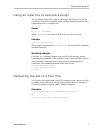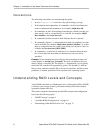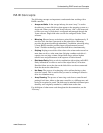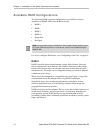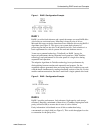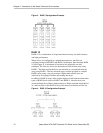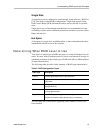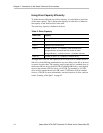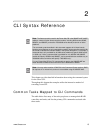
Chapter 1. Introduction to the 3ware Command Line Interface
8 3ware Serial ATA RAID Controller CLI Guide for the Power Mac G5
Conventions
The following conventions are used through this guide:
• In text,
monospace font is used for code and for things you type.
• In descriptions and explanations of commands, a bold font indicates the
name of commands and parameters, for example, /c0/p0 show all.
• In commands, an italic font indicates items that are variable, but that you
must specify, such as a controller ID, or a unit ID, for example,
/c0/p0
show
attribute, and /cx/px show all
• In commands, brackets around an item indicates that it is optional.
• In commands, ellipses (...) indicate that more than one parameter at a time
can be included, for example, /c0/p0 show attribute [attribute ...], or that
there is a range between two values from which you can pick a value, for
example, /cx set carvesize=[1024...2048].
• In commands, a vertical bar (|) indicates an 'or' situation where the user
has a choice between more than one attribute, but only one can be
specified.
Example: In the command to rescan all ports and reconstitute all units, the
syntax appears as rescan [cid...] [noscan]. The italic cid indicates that you
need to supply a controller ID. The ellipses (...) indicate that you can specify
more than one controller ID, separated by spaces. The brackets [ ] indicate
that you may omit the controller ID, to rescan all controllers, and the noscan
parameter, so that the operation will be reported to the operating system.
Understanding RAID Levels and Concepts
3ware RAID controllers use a Redundant Array of Inexpensive Disks (RAID)
to increase your storage system’s performance and provide fault tolerance
(protection against data loss).
This section organizes information about RAID concepts and configuration
levels into the following topics:
• “RAID Concepts” on page 9
• “Available RAID Configurations” on page 10
• “Determining What RAID Level to Use” on page 13



